We barely made in time for National Biscuit Month, but make it we did. What we’ve got here is a roundup of notable Breakfast biscuits in Memphis.
Biscuits can be tricky. I’ve made ’em straight off the box of Bisquick, and they’ve turned out dry and crumbly — like special effect out of The Mummy. I’ve made ’em with buttermilk (a specialty item if there ever was one) from a recipe off the internet, and they were just okay. I’ve never really mastered it.
But these folks have mastered the breakfast biscuit and knocked it straight out of the park.
Without further ado and in no particular order …
Bryant’s 
Bryant’s is the mothership when it comes to Memphis breakfast biscuits. They’ve been slanging biscuits for 50 years. You can get your biscuit with pork tenderloin, city ham, smoked sausage, country ham, bologna, bacon, or steak.
But I went with classic egg and cheese. Mmmmmmmmm. This is one buttery, perfectly done biscuit, with egg, and melty American cheese. Super good.
Bryant’s was included in a round-up in Food & Wine by local reporter Andy Meek, which pretty much sums it up:
Among the things Memphis has in abundance are breakfast options that do simple extraordinarily well. Bryant’s Breakfast is one of those places. It’s not much to look at inside — your basic dive with somewhat spartan accommodations — but the biscuits are addictive. Get here early, by the way, if you plan to visit. The line of hungry diners stacks up quick.
Curb Market

Justin Allen of Curb Market used to be the private chef for Curb owner Peter Schutt. “He liked my biscuits so much, he offered me a job at Curb,” he says.
He says the secret to this biscuit is in its shape — square. With round biscuits, the cut-off cast-off dough is reincorporated into more biscuits, which can make them tough. There’s none of that with the square biscuit. Allen says this approach is what makes his biscuit light and fluffy — soft on the inside and crispy on the outside.
Curb’s take on the egg, too, is different. Instead of slapping a slice of cheese on top, grated, sharp cheddar cheese is added to the soft scrambled eggs. Great care is taken with the meat as well. They know the pigs from which their sausages are made. The hams are brined for seven days, the sausage is cooked sous vide and ground in-house.
This one is a beast of a biscuit. Hearty as hell. A favorite.
Edge Alley

While the menu has since expanded and will change again in a week or so, Edge Alley‘s opening menu was built around the biscuit. But it’s not the biscuit you know.
“Our biscuit’s a little different,” says Timothy Barker.
They go at their biscuits with a breadmaking method. It makes this biscuit something that can be easily picked up and eaten without falling apart.
Barker says that when they first opened they may have been a little bit too fancy with their biscuits, adding herbs and peppercorns. He quickly discovered that folks like their biscuits recognizably biscuit-y.
The egg is done over-easy, which you don’t see every day with a breakfast biscuit. What this means is a delicious runny yolk, with the biscuit made for sopping. It’s one of life’s great pleasures.
Barker knows this. “We try to keep it as simple as we can.”
This one is both dense and fluffy. A real delight.
Elwood’s Shack
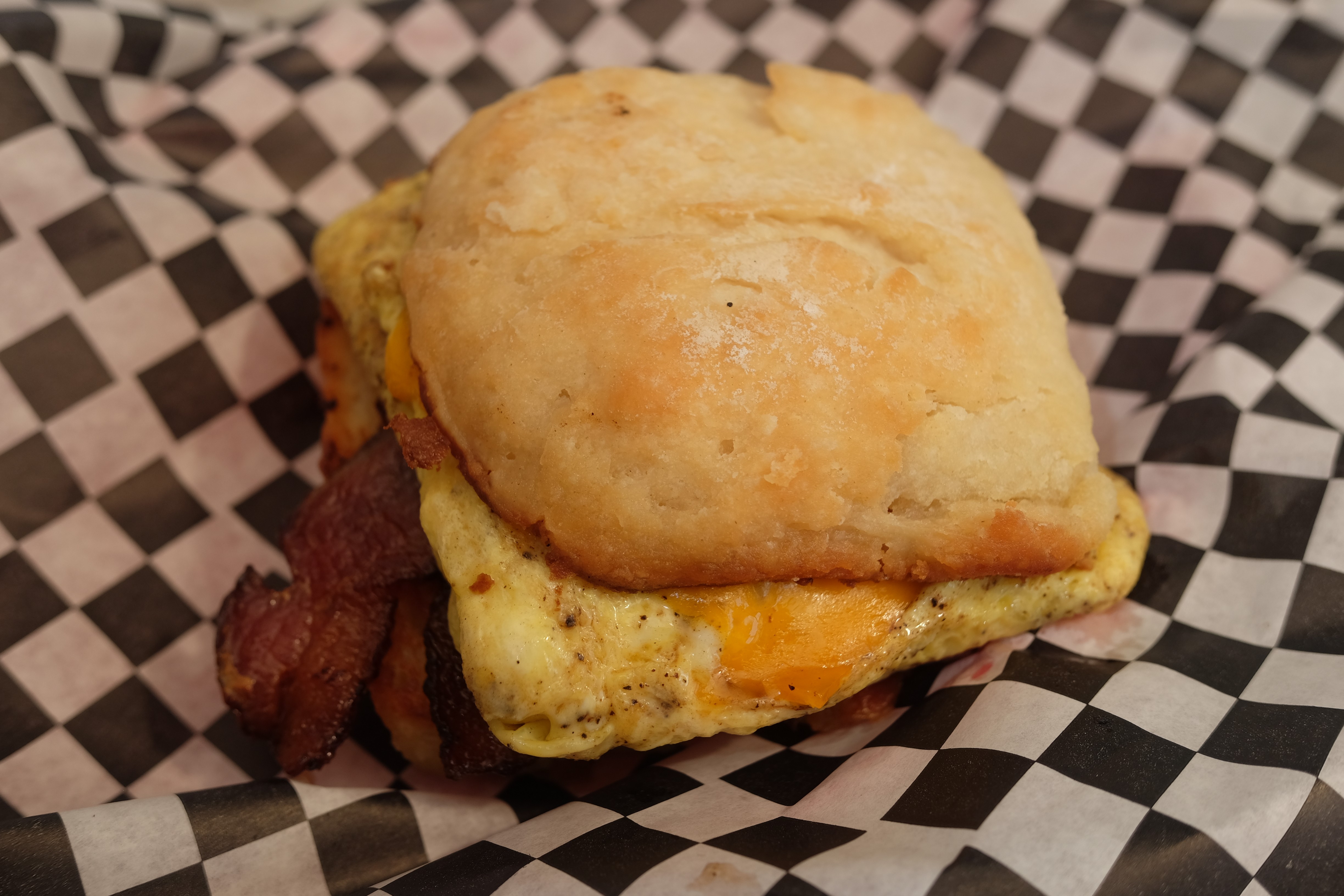

“Elwood’s Country Biscuit” is the first breakfast biscuit I tried at Elwood’s Shack.
This delicious mixture of sausage, applewood bacon, ham or, if you’d like, an egg and/or cheese, could be a lunch or dinner biscuit. These are big biscuits. You could make a meal out of them.
My next Elwood’s biscuit was something completely different: a breakfast biscuit with homemade pimento cheese and a vine-ripened tomato. I’d never thought about pimento cheese for breakfast, but it works.
“A customer just suggested it and I said, ‘Sure,’” says Elwood’s owner Tim Bednarski. “It went on the menu not long afterward.”
They already had their pimento cheese sandwich made from Bednarski’s pimento cheese recipe, so a pimento cheese breakfast biscuit was a no-brainer.
But what about those biscuits?
“That’s my grandmother’s biscuit,” Bednarski says. “Our biscuits are made with butter, sour cream, 7-up and no lard.”
He calls the 7-up his “extra leavening agent.”
There are two kinds of baking powder – single and double acting. Bednarski uses double acting baking powder. The 7-up gives an “extra rise” to the flour and it makes the rolls “super flaky.”
Since he doesn’t use lard, Bednarski uses a high-gluten flour to keep the biscuits from falling apart when you eat them.
“I call it a ‘cat head biscuit,’” Bednarski says. “It’s the size of a cat’s head. It’s a big biscuit. It’s a Tennessee staple.”
Note: Bednarski’s ribs and corned beef will be featured on chef “Burgers, Brew and ‘Que” at 8 p.m. Oct. 9 on the Food Network.
Three Little Pigs Bar-B-Q
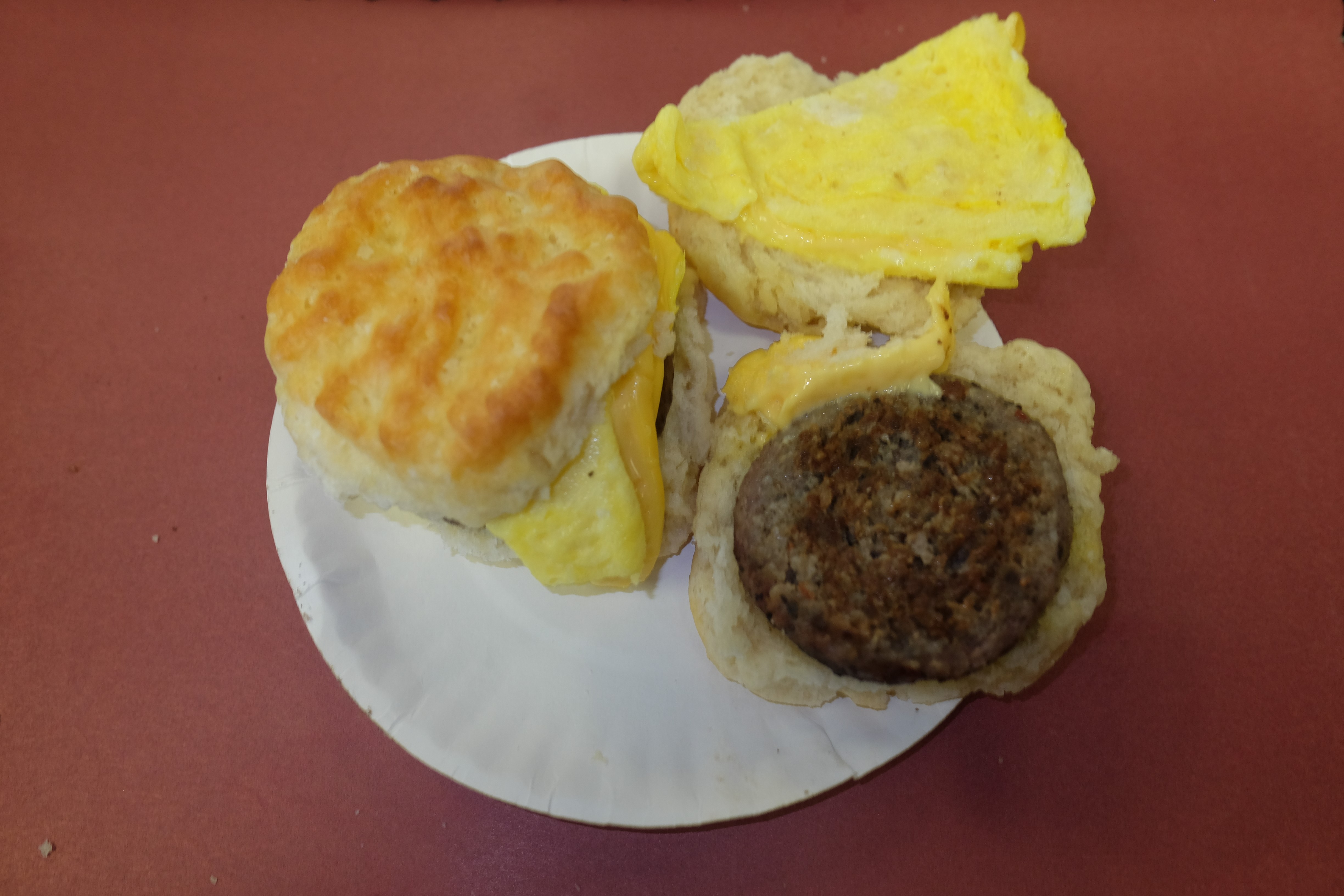
I loved the classic sausage-and-egg biscuit on a great-tasting biscuit at Three LIttle Pigs Bar-B-Q.
They use a commercial biscuit – Rich’s – for their breakfast biscuits, which include all the combinations of bacon, sausage and egg, says manager John DeMarco.
But, he says. “Sausage biscuit is our best seller.”
Asked what people like about their sausage biscuits, DeMarco says, “The good taste. Not too spicy. They like the texture.”
Has anyone requested a barbecue breakfast biscuit? “It’s been rare. In the 10, 12 years I’ve been here, maybe three or four times. It’s extremely rare, but it has happened.”
Customers are welcome to ask for a barbecue biscuit, DeMarco says. “If they want one ounce, two ounces of barbecue on it, if they want sauce on it, we can do that.”
Sunrise Memphis
Eating one of Sunrise Memphis’s biscuits is a great accompaniment to actually watching the sun rise (the restaurant opens at 6 a.m.) or even watching the sun when it’s high in the sky (the restaurant closes at 3 p.m.)
I asked chef/owner Ryan Trimm which of their biscuits was the most popular.
The Rooster, he says. Trimm wanted to include a chicken biscuit on the menu, so he came up with fried chicken on a biscuit He added honey because he likes honey on fried chicken.
He also likes it spicy, so he uses tabasco honey on his chicken and biscuit.
If you order the “Mother and Child Reunion” you get egg with the fried chicken and honey, Trimm says.
I also tried the “P-Love” – a smoked bologna with egg and cheese. “That’s my favorite,” Trimm says. “A buddy of mine cooked it for me at his hunting camp. It’s his favorite thing to go to. He just does bologna, egg and cheese. We smoke the bologna. It gives it a better flavor.”
Their handmade biscuits are made with flour, buttermilk, butter, salt and baking powder. “I like our technique – hand kneading the butter in and slowly folding it together to get pockets of butter. When butter melts it steams. It’s actually air pockets inside the biscuit.
So, that makes it light and fluffy.”
Pancake House
I’m a big fan of Pancake House, but I seem to get everything else except the breakfast biscuits.
I recently tried one of their bacon and egg biscuits. It was terrific. Very flavorful. Everything a breakfast biscuit should be, as far as I’m concerned.
They have other types, but my server, Michelle Gerlach, suggested I try the bacon biscuit.
Those are popular, says owner Juli Druien. “Or the chicken biscuit. We use a fairly good size chicken tender that we put on our biscuit.”
As for the bacon one, she said, “We use a thick Wright’s bacon.”
And you can have breakfast biscuits for lunch and dinner at Pancake House.
 Memphis Police Department
Memphis Police Department  Memphis Police Department
Memphis Police Department 
 Jesse Davis
Jesse Davis  Jesse Davis
Jesse Davis  Jesse Davis
Jesse Davis 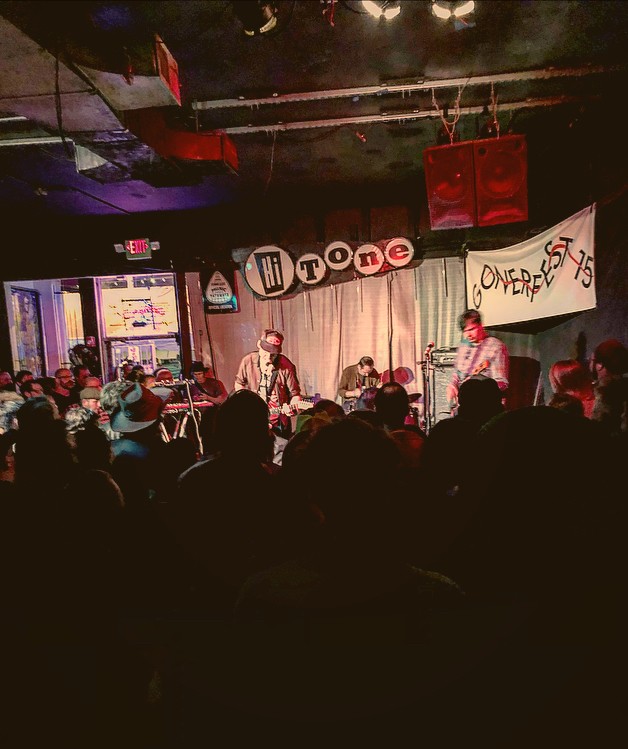 Jesse Davis
Jesse Davis 









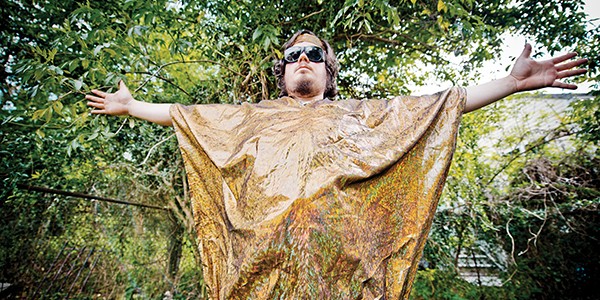 Allison Green
Allison Green 
 Jasmine Hirst
Jasmine Hirst  Agricenter/Facebook
Agricenter/Facebook  Agricenter
Agricenter 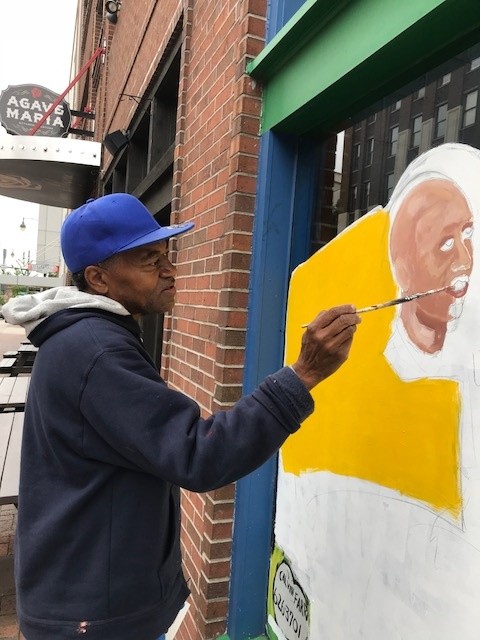



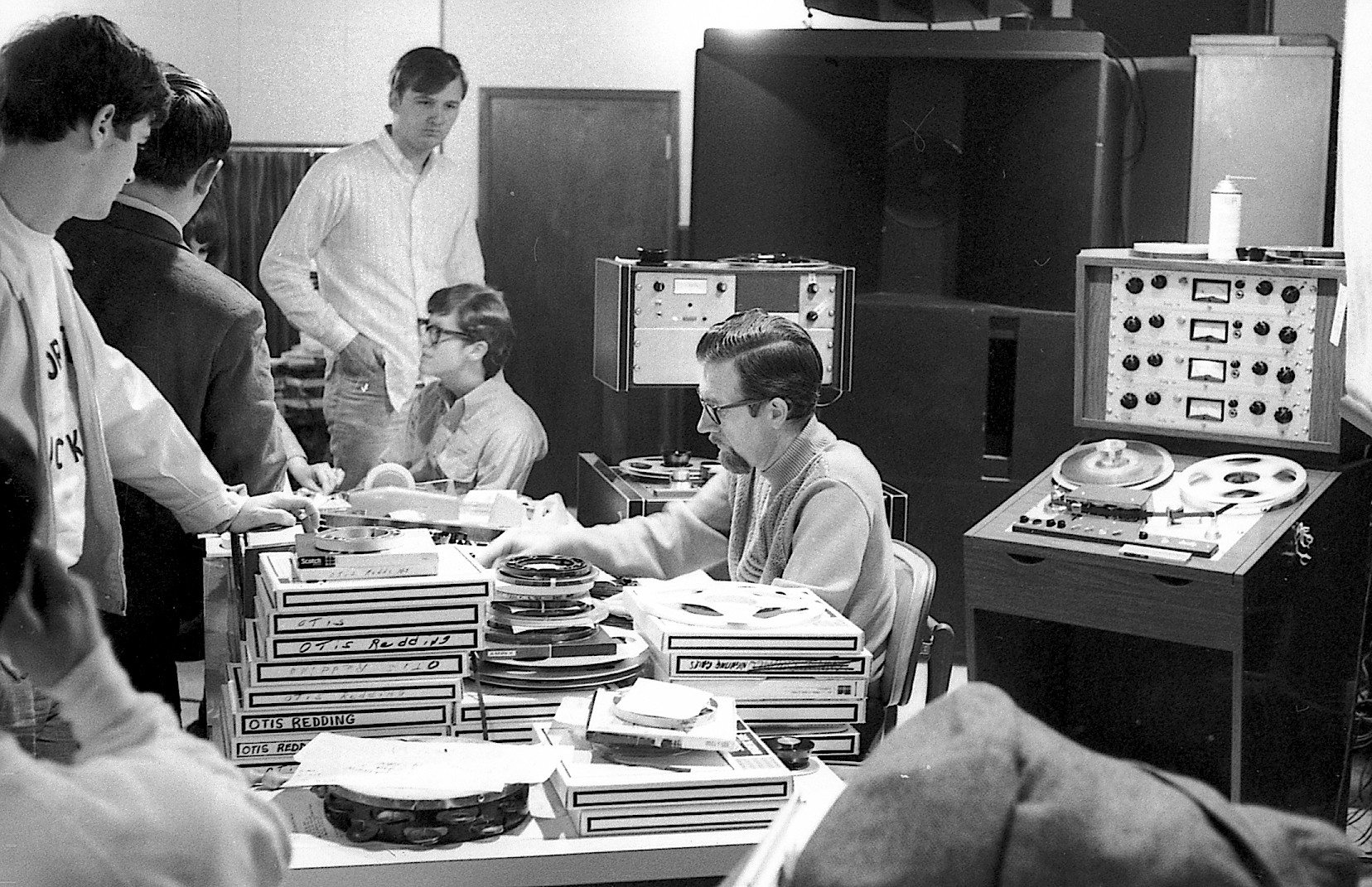 Alan Copeland
Alan Copeland  Ronnie Booze
Ronnie Booze 
 Jasmine Hirst
Jasmine Hirst